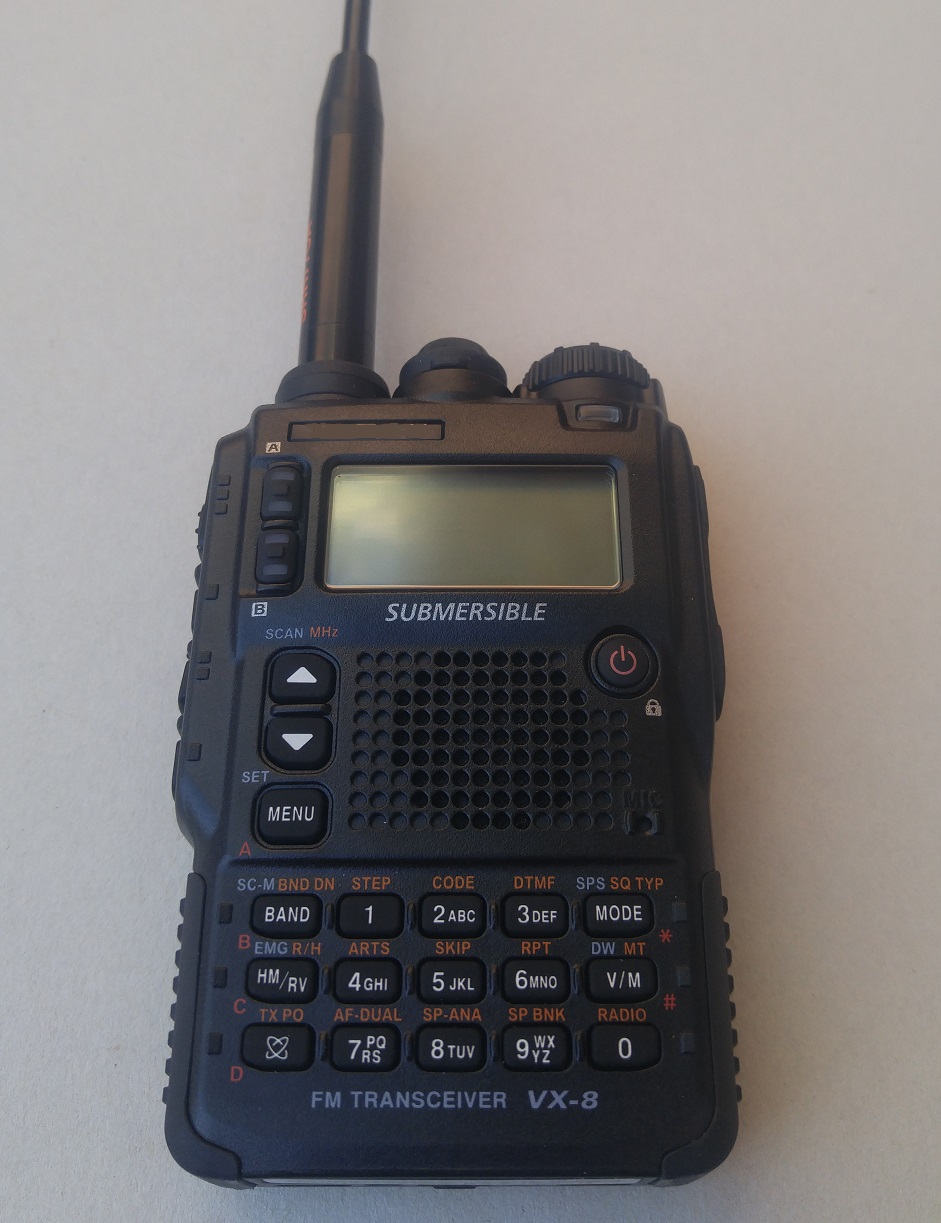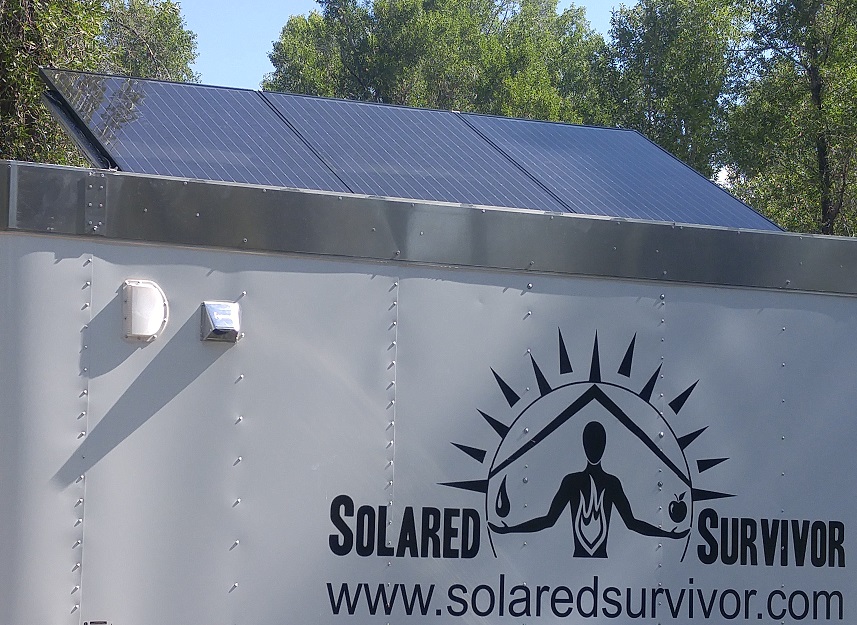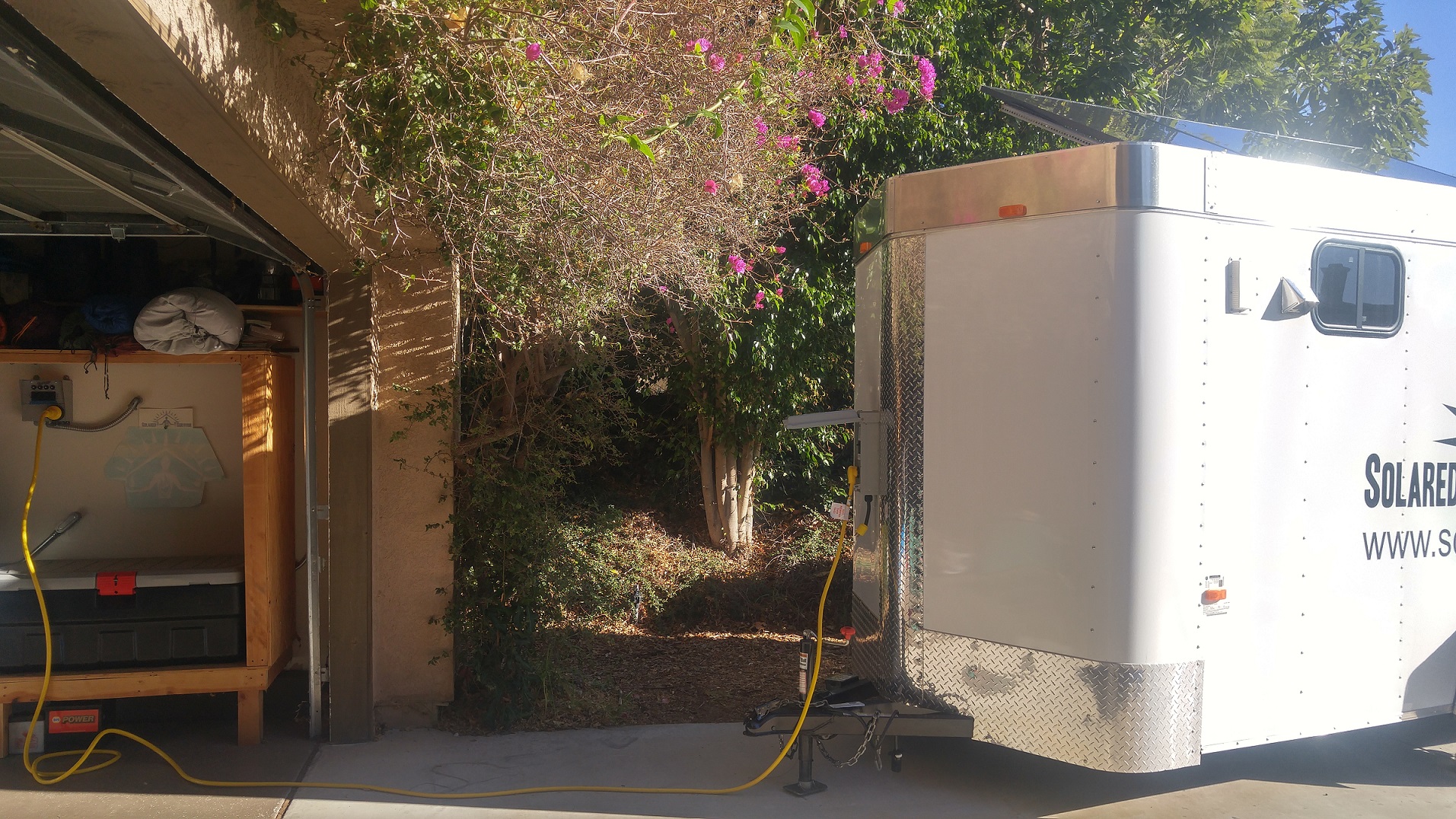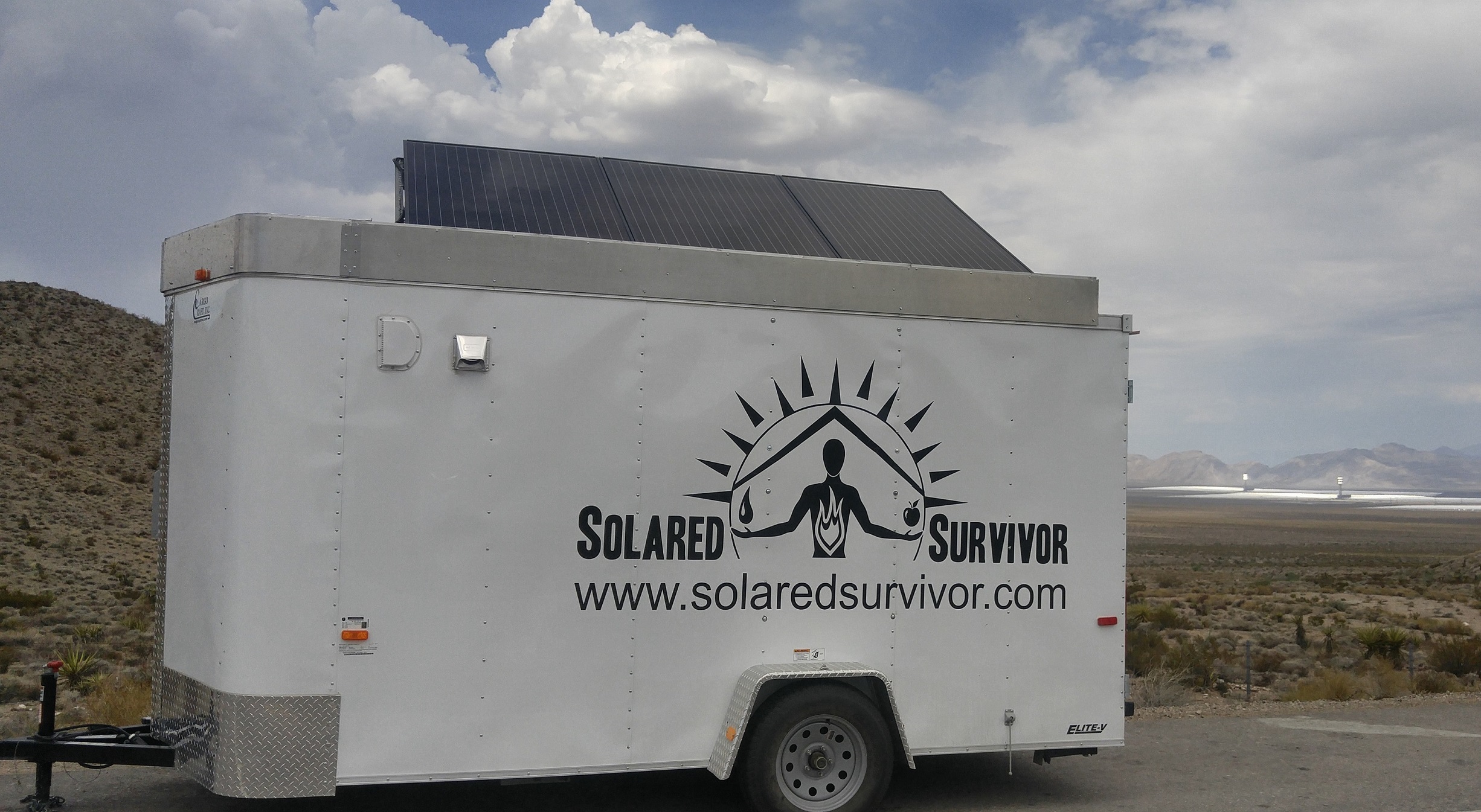Ham Radios

Ham Radios are vital for communications and to obtain information in an emergency. Ham Radios, also known as Amateur Radios, are a means of wireless communication over a wide range of frequencies bands across the radio spectrum.
 Handheld Ham Radio
Handheld Ham RadioWhen the power goes down and landlines aren't working and mobile networks are unavailable, the only means of communicating or retrieving information is through the radio frequency bands. For this reason, I include a handheld radio with the Solared Survivor Trailer, and is why every emergency kit should be considered incomplete without one.

FCC License for Operating Ham Radios
You can purchase a radio and immediately get on the airwaves and start listening, there is no law against it. However, as soon as you decide you want to talk or broadcast, you are considered your own radio station by the FCC and you are required to obtain an Amateur Radio License. The process is rather simple. You can read and study one of the many amateur radio license prep books available (the old school way). Or even easier, you can download a free amateur radio license test app onto your phone. I used the "Ham Test Prep" App by Iversoft.com, it worked great. The app will let you review all of the potential 300 to 400 test questions and then it will quiz you on them.
Once you feel prepared, find an Amateur Radio License Exam Session in your area and register to take the exam. The exam costs around $15 and consists of 35 questions. In order to pass, you can miss 9 questions or less. There are several different license classes available that you can test for. Each license class has different broadcasting frequency permissions. You can take several tests in the same session, as long as you pass the lower license class first. I took the Technician License Exam first. They graded my test and I was told right there whether I passed or failed. Once I passed, I was allowed to test for the next license class up, the General License. Approximately a week after I pass my exam, my call sign was assigned and registered in the FCC database. KK6YJH was on the Air!
Click here to find an Amateur Radio License Exam Session in your area.

Repeater Directory
If you use a mobile or handheld radio like I do, you'll find that it has a limited range because its small antenna height produces a limited radio horizon. A radio horizon simply means a direct line of sight between 2 radio stations. Most communications using radio waves need a direct, unobstructed line of sight. The two issues most radio stations want to resolve; is getting their transmission to travel farther and trying to communicate with neighbors or people they don't have a radio horizon with because there are obstacles in the way.
This is where repeaters come in. A repeater is a device that receives a signal and then retransmits it, usually at a higher power so the signal can cover greater distances. Repeaters are situated on mountain peaks, building rooftops, and other highly elevated locations to create a radio horizon for the stations in that area. This solves both issues. To transmit further, a transmission can now be sent to the repeater and the transmission is then slingshot from the repeater at a higher power to cover more distances. To communicate with neighbors or people you don't have a radio horizon with, simply bounce the signal off the repeater. Essentially it's like playing pool with radio waves. If you don't have a shot because balls (obstacles) are in your way, bank it off the wall (repeater)!
Click here for a Directory of Repeaters in your area.


 Primm, Nevada
Working our way home through Nevada, had to stop to get a shot of the Trailer with the Solar Plant in the backdrop.
Primm, Nevada
Working our way home through Nevada, had to stop to get a shot of the Trailer with the Solar Plant in the backdrop.
New! Comments
Have your say about what you just read! Leave me a comment in the box below.